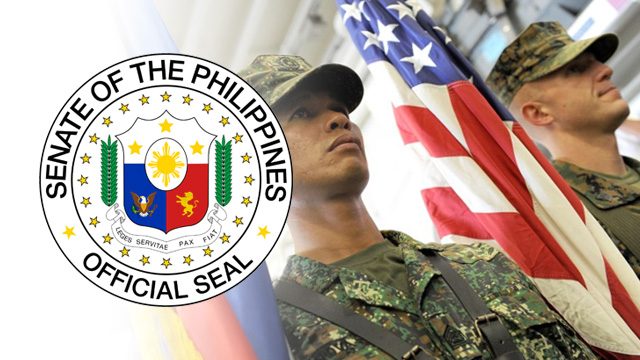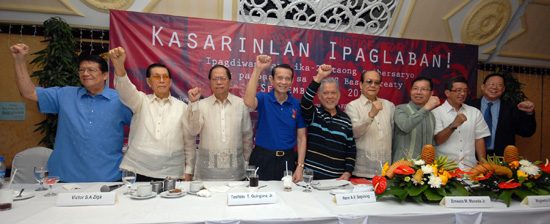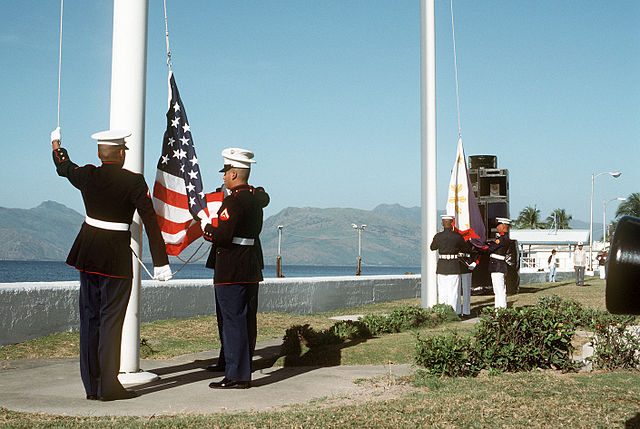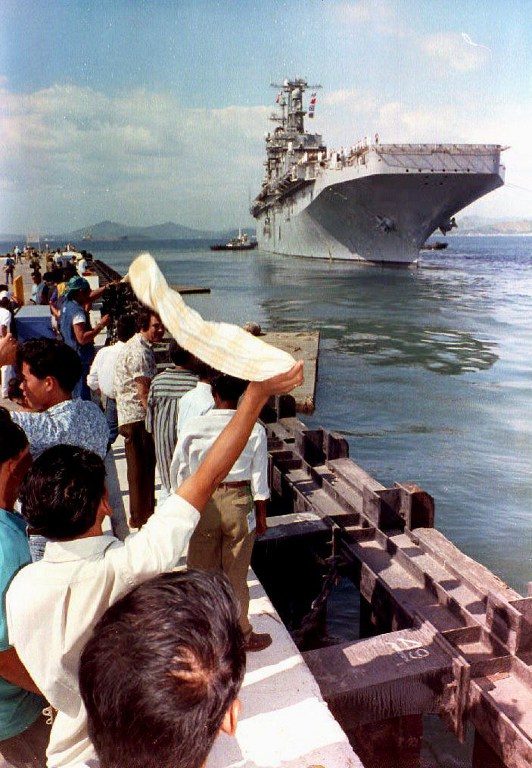SUMMARY
This is AI generated summarization, which may have errors. For context, always refer to the full article.

MANILA, Philippines – On September 16, 1991, 12 senators made history when they made the controversial decision to end years of foreign military presence in the Philippines.
The proposed RP-US Treaty of Friendship, Cooperation and Peace would have given Washington 10 more years at Subic Naval Base, known to be once the largest US military naval base in Asia. It was also one of the strategic bases for the US, home to more than 7,000 American servicemen and civilian workers.
Other key US military installations here in 1991 were Clark Air Base in Pampanga – formerly known as Fort Stotsenberg – and Camp John Hay in Baguio City.
But by a vote of 12-11, the proposed treaty was rejected by the Senate led by the 12 senators, whom the media later dubbed the “Magnificent 12.”

The US military has had a long history in the Philippines, with the signing of the Military Bases Agreement in 1947 that allowed the US to establish and operate air and naval bases for 99 years. An amendment in 1966 cut that tenure to 25 years. The proposed 1991 treaty would have extended the US military presence in the country.
Divisive issue
The proposal to extend the US military presence in the Philippines was polarizing. Then president Corazon Aquino had pushed for the approval of the extension, even leading a march to the Senate with around 100,000 of her supporters to lobby for the approval of the treaty.
She warned that the Philippines stood to suffer dire economic consequences if the US pulled out of the country.
Some of those who were in favor of extending US presence came from areas devastated by the eruption of Mt Pinatubo in June 1991. The eruption had also triggered the abandonment of Clark Air Base, after volcanic ash covered it and rendered it inoperable.

Under the proposed treaty, the US offered $203 million a year in compensation – far less than what the Philippine government had sought.
But anti-bases lawmakers argued that the continued US presence in the country undermined the Philippines’ sovereignty, while others feared it could promote prostitution in the area.
Despite the lobbying of then-president Aquino, 12 senators stood firm on their position.
Historic vote
They were Senate President Jovito Salonga and senators Juan Ponce Enrile, Agapito Aquino, Joseph Estrada, Teofisto Guingona Jr., Sotero Laurel, Orlando Mercado, Ernesto Maceda, Aquilino Pimentel Jr, Victor Ziga, Rene Saguisag and Wigberto Tañada – who authored Resolution 1259 of Non-Concurrence to the proposed treaty.
“The treaty is defeated,” Salonga announced at the time.
The historic decision was met with applause and tears in the chamber, while rallyists outside the Senate sang and danced.


Subsequent agreements
On December 21, 1992, the Military Bases Agreement signed in 1947 was terminated, with the last of the US bases turned over to the Philippine government and transformed into economic zones.
While the agreement lapsed in 1992, the Philippines and the US have engaged in joint military exercises with the ratification of the Visiting Forces Agreement in 1999.
In 2014, then Philippine president Benigno Aquino III signed an executive agreement with the US – the Enhanced Defense Cooperation Agreement (EDCA) – that allows US troops rotational presence in Philippine military bases.
Saguisag and Tañada would later join petitioners in questioning the legality of EDCA, more than two decades since they opposed an extended US presence in the Philippines.
The Supreme Court later ruled that the EDCA was constitutional. – Rappler.com
Add a comment
How does this make you feel?
There are no comments yet. Add your comment to start the conversation.